News Desk

Research from the University of Kent’s School of Anthropology and Conservation has discovered that one of the earliest stone tool cultures, known as the Acheulean, likely persisted for tens of thousands of years longer than previously thought.
Image from: José-Manuel Benito Álvarez (Wiki Commons)

How we humans became what we are today is a question that scientists have been trying to answer for a long time. How did we evolve such advanced cognitive abilities, giving rise to complex language, poetry and rocket science?

Well-preserved iron, bronze and tin carriage discovery is ‘without precedent in Italy’.

Beyond Earth, the general scientific consensus is that the best place to search for evidence of extraterrestrial life is Mars. However, it is by no means the only place.

Video footage captured on security cameras shows a meteor lighting up the sky above Midsomer Norton and Bath.
Image from: Night sky near Flagstaff (Wiki Commons)

Prof David Nutt supports study into whether move could cut violence and deaths

Based on a manual recently discovered in a 3,500-year-old medical papyrus, University of Copenhagen Egyptologist Sofie Schiødt has been able to help reconstruct the embalming process used to prepare ancient Egyptians for the afterlife. It is the oldest surviving manual on mummification yet discovered.

Teenage T rexes and other carnivorous dinosaurs the size of lions or bears may have crowded out smaller species, explaining why there are so few of them preserved in the fossil record, research suggests.
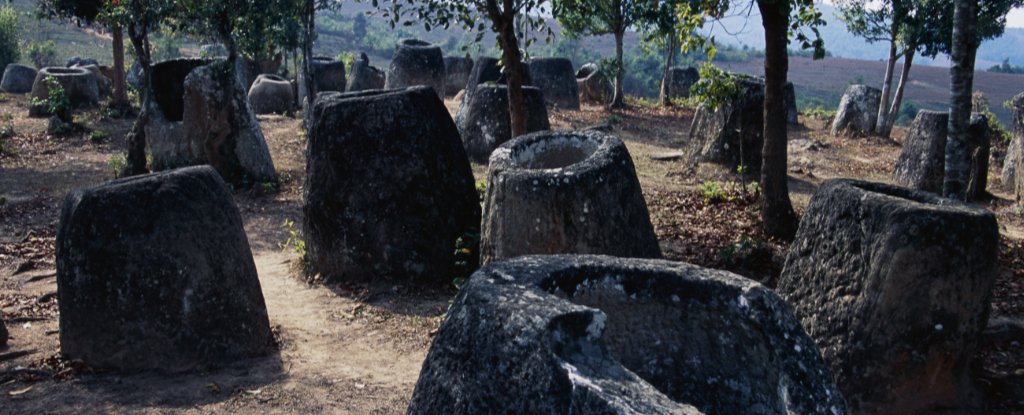
These surreal cauldron-like megaliths in Laos are known as the Plain of Jars, an archaeological relics whose original purpose is still shrouded in mystery, their significance long forgotten.
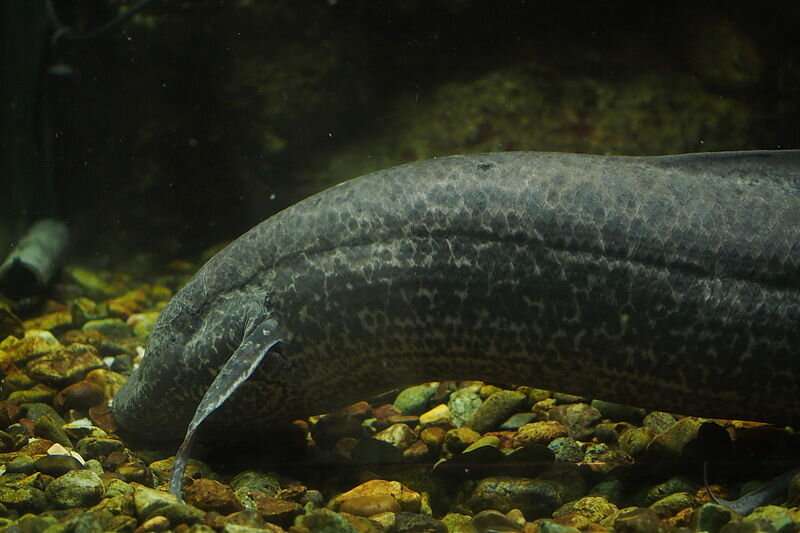
The water-to-land transition is a leap in the history of vertebrate evolution and one of the most important scientific issues in vertebrate evolution. Previous studies have shown that vertebrate landing occurred in bony fishes.

Psychedelics have saved my life several times over, including helping me to heal from childhood abuse. So, it’s with a very heavy heart that I’ve come to accept several sad truths.
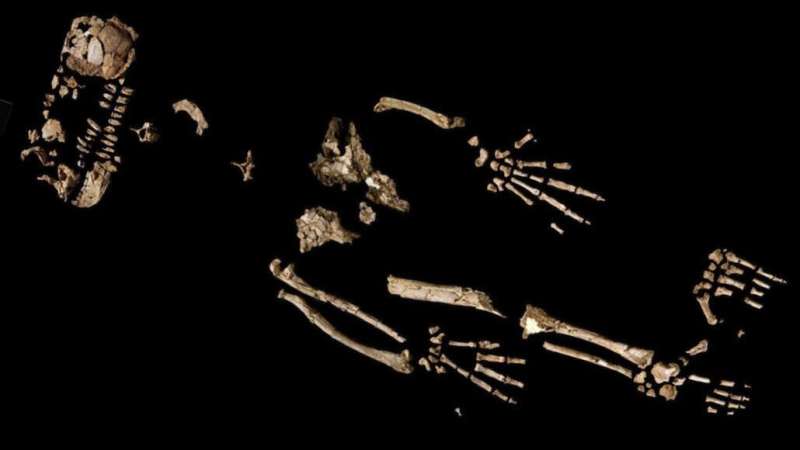
Thomas Cody Prang, assistant professor of anthropology, and colleagues examined the skeletal remains of Ardipithecus ramidus (“Ardi”), dated to 4.4 million years old and found in Ethiopia. One of Ardi’s hands was exceptionally well-preserved.

Discovery of 19.5-metre tree with roots, branches and leaves is unprecedented, say experts

Researchers are building a growing (and glowing) list of fluorescent mammals, and a new addition, an endearing jumping rodent called the springhare, just leapt into the spotlight, its brown fur lighting up in swirling disco patterns of pink and orange under ultraviolet (UV) rays.
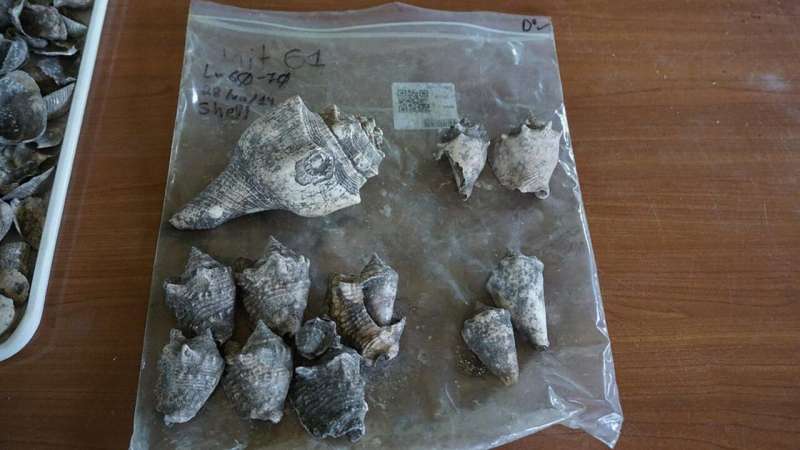
In Wonderland, Alice drank a potion to shrink herself. In nature, some animal species shrink to escape the attention of human hunters, a process that takes from decades to millennia.
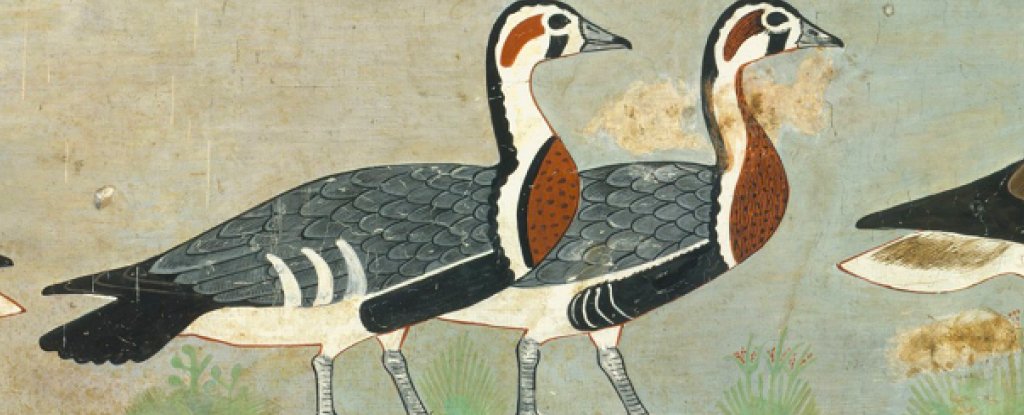
Artwork that had adorned the walls of an Egyptian prince’s tomb for more than four millennia has been found to contain images of a bird completely unknown to modern science – until now.








